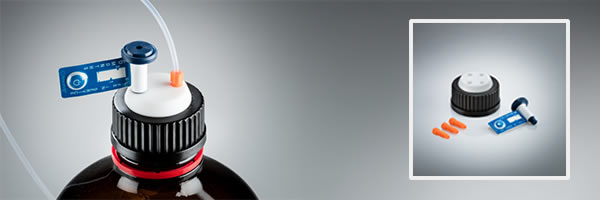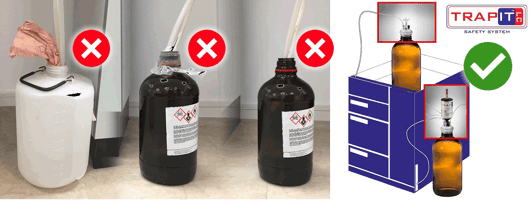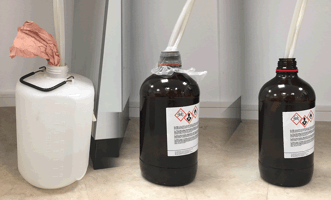In the world of chromatography, safety should always be a top priority. One aspect of safety that...
Ensuring Your Safety in the Lab with HPLC Solvent Safety Caps
Introduction:
Today, we're diving into chromatography and discussing a vital aspect that often goes unnoticed – the safety caps for high-performance liquid chromatography (HPLC) solvents. Whether you're a seasoned scientist or just starting your journey in the lab, understanding the importance of HPLC solvent safety caps is key to a safe and efficient working environment. So, let's put on our lab coats and explore this topic further!

Why are HPLC Solvent Safety Caps Essential?
1. Prevent contamination:
Imagine this: you've spent hours preparing your samples, carefully selecting the solvents, and setting up your HPLC system. But wait, have you adequately sealed those solvent bottles? Without secure safety caps, the risk of contamination skyrockets. Dust particles, airborne contaminants, or even curious lab pests can infiltrate your solvents, compromising the quality of your results. Safety caps serve as a shield, keeping your solvents pristine and ensuring accurate analyses.
2. Minimize evaporation:
In the world of chromatography, precision and accuracy are paramount. HPLC solvents are often volatile and prone to evaporation. Without safety caps, the solvents can evaporate over time, leading to concentration changes, inaccurate results, and costly rework. By keeping those safety caps securely fastened, you can minimize solvent loss and maintain the integrity of your experiments.
3. Protect Against Spills:
Let's face it – lab accidents happen, and spills are not uncommon. However, with HPLC solvents, spills can have serious consequences. These solvents are often toxic, flammable, or both, posing a significant risk to your safety and the environment. Safety caps act as an additional layer of protection, reducing the likelihood of accidental spills and minimizing the potential for harm.
4. Comply with Regulations:
Laboratory safety regulations are put in place for a reason – to protect both lab personnel and the surrounding ecosystem. Many regulatory bodies, such as the Occupational Safety and Health Administration (OSHA), require safety caps in laboratories to ensure a safe working environment. By using HPLC solvent safety caps, you adhere to these regulations and contribute to your lab's safety culture.
Conclusion:
As we wrap up our exploration of HPLC solvent safety caps, it's clear that these seemingly small accessories play a significant role in maintaining a safe and efficient laboratory environment. By preventing contamination, minimizing evaporation, protecting against spills, and complying with regulations, safety caps ensure the integrity of your experiments and safeguard your well-being.
Next time you find yourself in the lab, don't forget to give those HPLC solvent safety caps the attention they deserve. After all, science is all about precision, accuracy, and safety!




